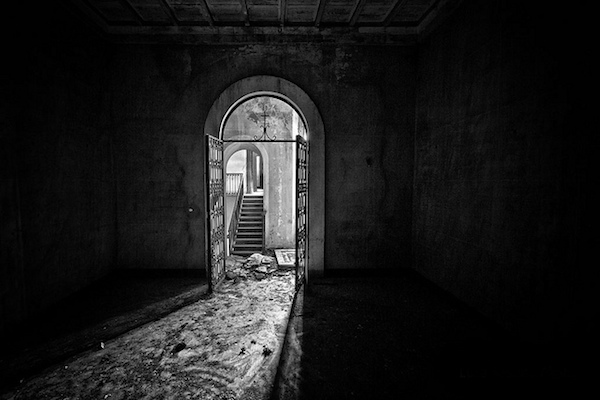The Day of No Tomorrow
Even if you have never seen Schindler’s List, you know how the story goes. Nazi Germany takes over Europe. Jews are detained and placed in camps. Forced to labor. Starved. Executed.
Within the larger, devastating story lives a smaller one. A better story. A story that shines like a beacon of hope in one of the darkest periods of human history.
It is the story of Oskar Schindler.
At the end of the movie, there is a scene so touching, to me it is the pivotal moment of the Oscar-winning film. A scene that stands out among countless heart-wrenching ones. A scene that fills my mind and my heart.
The Safest Place in Nazi Germany
Schindler was merely a businessman who took advantage of his opportunities. On one side he saw a war which created a hungry army who needed pots and pans to cook food. On the other side he saw a cheap labor force in the detained Jews. The two realities added together to incredible profits for him.
He anticipated making a ton of money, which he did. What he didn’t anticipate was that he would grow to love his workers.
In the process something happened to Schindler. He came face to face with the individuals who were the victims of treachery. They stopped being statistics. They stopped being a labor force. They stopped being Jews.
He saw them for who they really were. He saw them as people.
He focused less on profits and focused on helping. Perhaps one of the safest places in Nazi Germany for a Jew was Schindler’s factory.
The Cost
As the war became less certain for Germany, the Nazi officials were less and less interested in keeping as many Jews around. At some point they wanted to take away Schindler’s work force. They intended to kill them.
As it grew harder and harder, Schindler found himself needing to take more drastic measures to keep his workers. He used all that he had. His friendships. His influence. And his money.
Over time, the cost added up. Eventually he spent his entire fortune protecting the lives of over 1,000 Jews. 1,000 people who would have been dead without his help.
A Farewell Address
When the war ended and the Nazis fled, Schindler had to do the same. Before leaving his now closed factory, he gave his farewell address to his workers, the recipients of his actions. The people whose lives he had saved.
You would think that it would be a moment of joy. A time to celebrate. The constant threat of death had been removed. They had survived. And this one man had done so much for so many people.
But when he spoke, he didn’t dwell on what he had done for them. Instead he focused on what he didn’t do.
As he looked at the faces of each individual he saved, all he could see were the faces of those he didn’t. And he wished he could have done more.
He regretted not having given up absolutely everything.
As he stood there and wept over those that were lost, he realized he still owned a pair of cuff links. And he wished he had sold them too. The cuff links now represented a lost opportunity to save more people.
The Day of No Tomorrow
Everyone of us will come to that place in our lives when all we can do is look back. There won’t be another chance. The opportunity to do more will be lost.
There will be no tomorrow.
What seems important to us today will one day become worthless. We will regret not having given up more. We will regret wasting our time and money on things that do no matter.
What I wonder most about life is what will we wish we had done once we can’t go back and change it.

